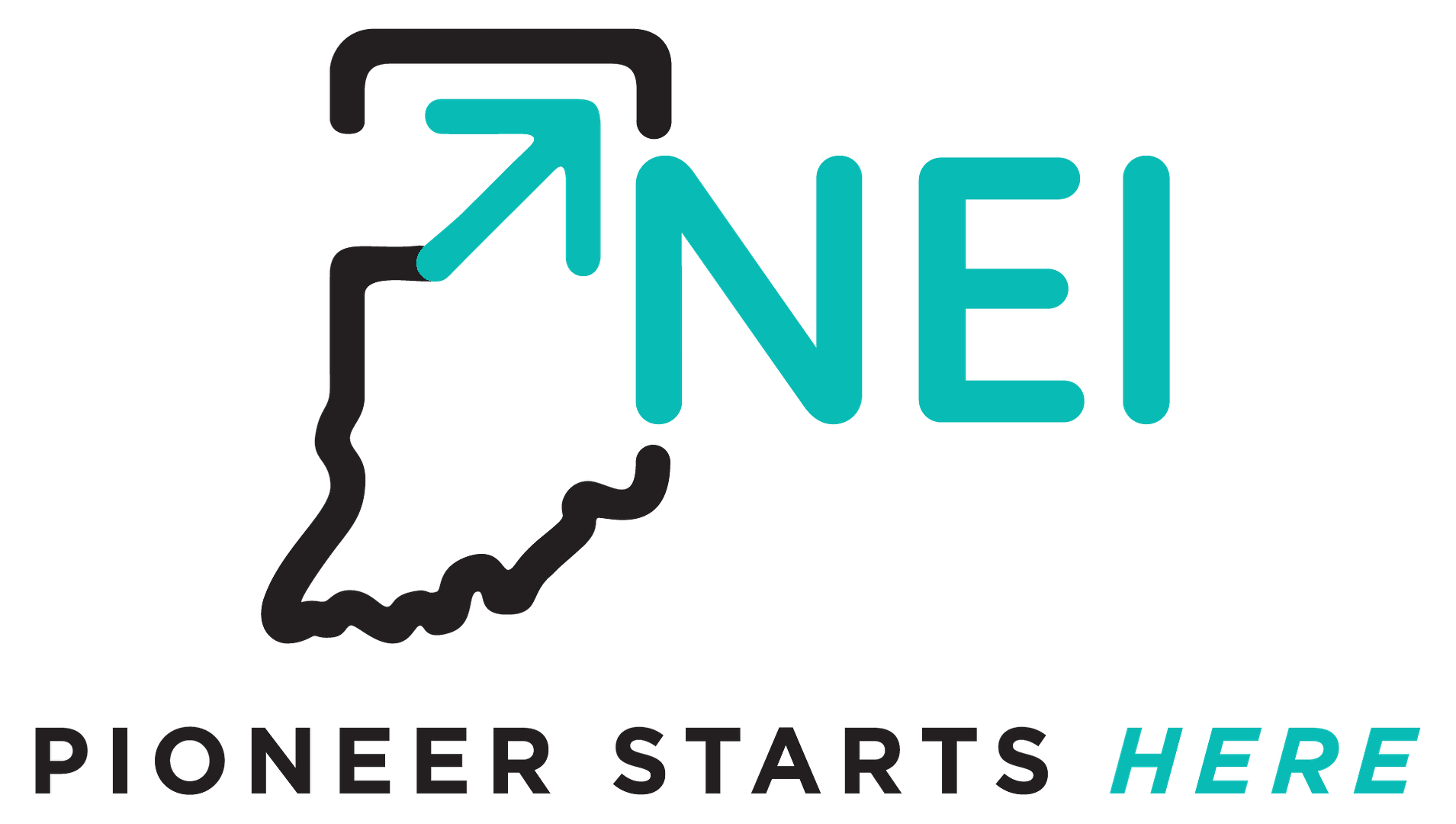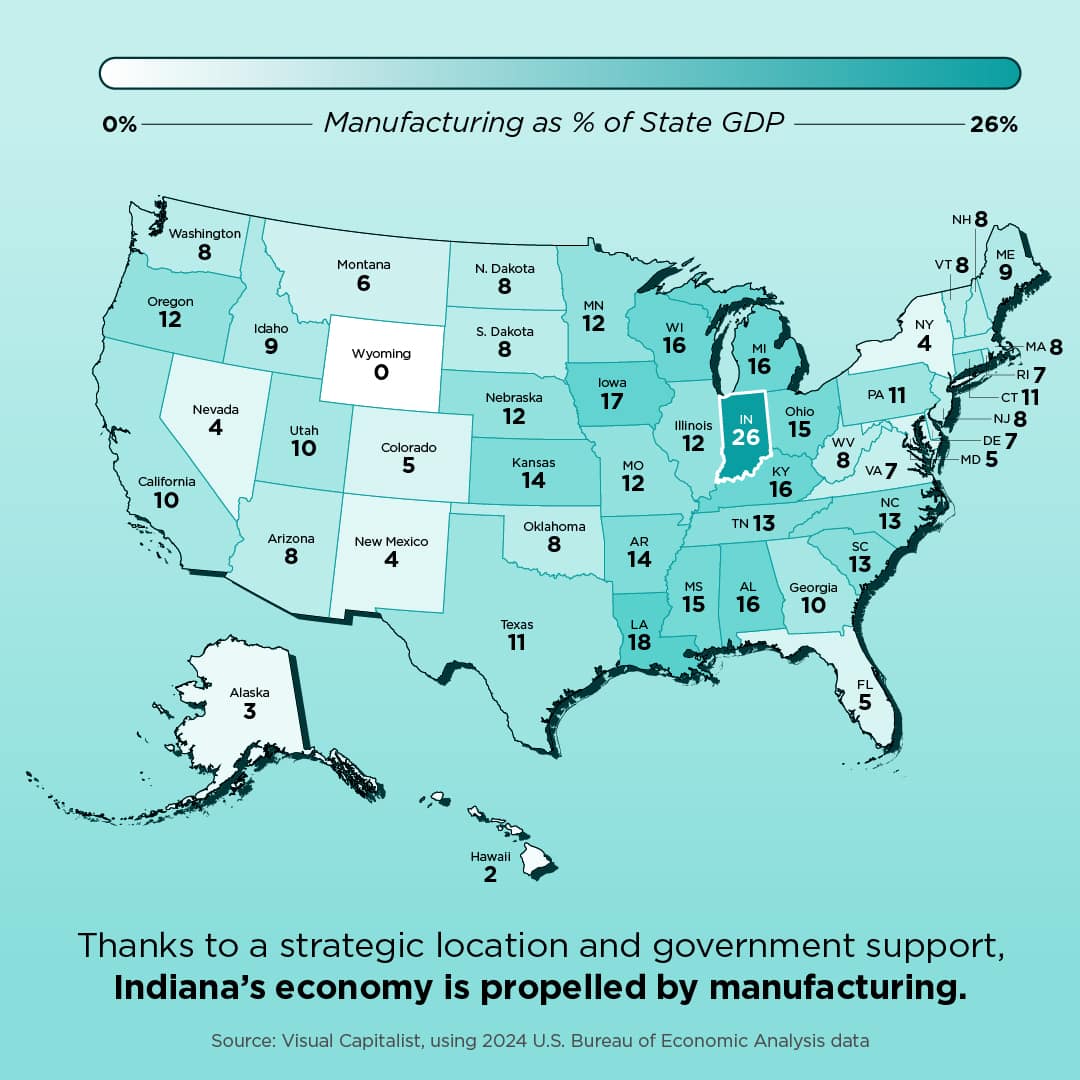In the late 1800s, Indiana transformed from a patchwork of farms and frontier towns into one of the nation’s leading manufacturing states. This shift was powered by railroads, natural resources, and a growing network of factories that redefined the state’s economy and reshaped its cities.
Fort Wayne, once a modest canal town, emerged as a key industrial hub in the late 19th century. Its strategic location along the Pennsylvania Railroad made it a natural center for manufacturing and logistics. Between 1867 and 1917, the Pennsylvania Railroad shops in Fort Wayne produced over 12,000 freight cars, anchoring the city’s industrial economy (Hoosiers and the American Story, p. 115).
At the same time, the discovery of natural gas in east-central Indiana in 1886 sparked a manufacturing boom in towns like Muncie, Anderson, and Kokomo. Though Fort Wayne sat outside the gas belt, it benefited from the broader industrial momentum, attracting manufacturers in rail, electrical equipment, and metalworking. By 1900, Indiana ranked among the top ten states in glass production, iron and steel products, wagons and carriages, and agricultural implements (p. 127).
The early 20th century brought further diversification. General Electric opened a major plant in Fort Wayne in 1911, helping to establish the city as a national center for electrical manufacturing. Nearby towns like Auburn contributed to Indiana’s early automotive industry, while Kendallville and Angola became known for foundries and toolmaking.
By 1919, just 4% of Indiana’s manufacturing companies employed 58% of the state’s industrial workforce and produced 72% of its total manufactured goods (p. 115). And by 1920, manufacturing had officially overtaken agriculture as Indiana’s primary economic engine (p. 131).
Following World War II, Indiana experienced a powerful manufacturing resurgence that solidified its role as a national industrial leader. The war effort had already mobilized the state’s factories for military production, and in the postwar years, that momentum carried into peacetime industries. Companies like General Electric in Fort Wayne expanded operations, while new plants emerged across Northeast Indiana, producing everything from electrical components to automotive parts.
The region’s skilled workforce, robust transportation infrastructure, and legacy of industrial innovation made it an ideal location for continued growth. Cities like Fort Wayne continued to benefit from the industrial foundation laid in earlier decades (p. 129–131). This period marked the height of Indiana’s industrial dominance, with manufacturing becoming not just an economic driver but a defining element of the state’s identity.
Source material: “James H. Madison and Lee Ann Sandweiss, Hoosiers and the American Story (Indianapolis: Indiana Historical Society Press, 2014).
Want to be the first to know about what is going on at NEI and our region? Sign up for the NEI Newsletter and Blog below.





